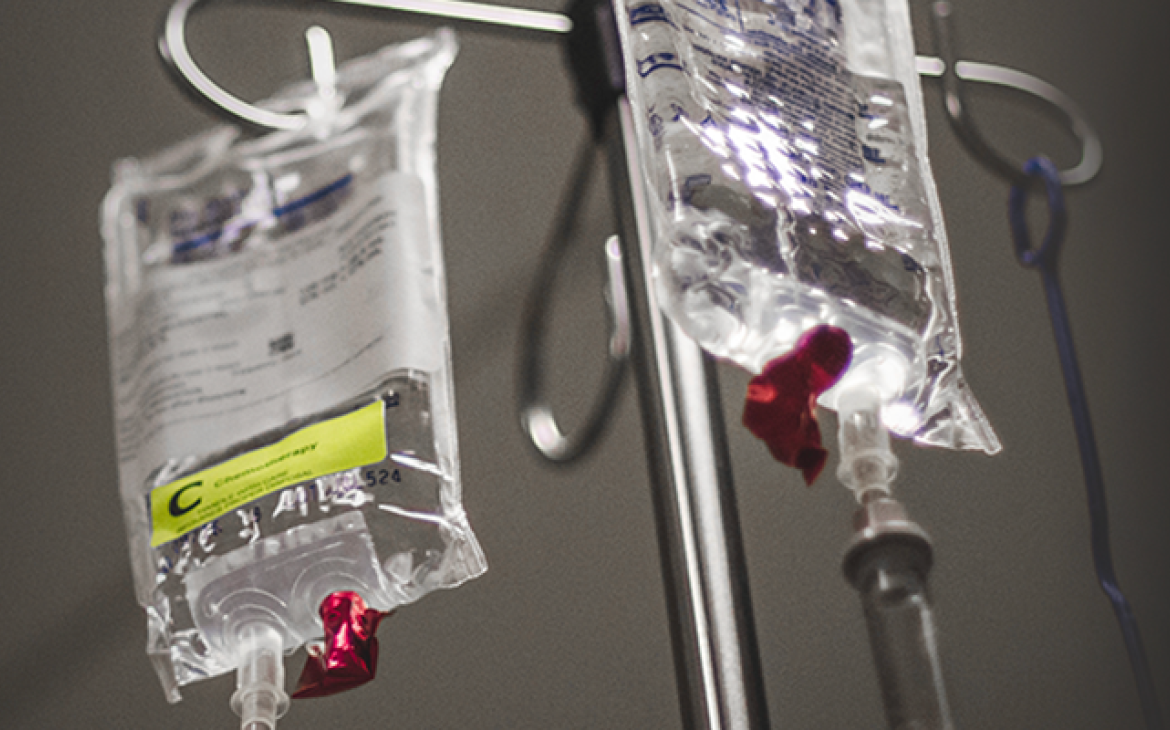
“Food contamination” means many things to many different groups of people. Microorganisms, heavy metals, pesticides, “natural” or “man-made” compounds, the one thing they all have in common is that these contaminants may be harmful to consumers if they are exposed in exceeding levels.
Even though many chemical food contaminants are regulated in the United States, with established limits of exposure that do not pose a risk to consumers and are clearly defined by the U.S. Food and Drug Administration (FDA), the U.S. Department of Agriculture (USDA) and the U.S. Environmental Protection Agency (EPA), there are some contaminants for which no limits have yet been set, as some foods have not typically been exposed to such a contaminant.
Contaminants come from different sources
Traditional classes of contaminants in food ingredients are naturally-occurring contaminants (e.g. heavy metals from soil) and man-made materials (e.g. pesticides), but even for well-known contaminants, establishing tolerable levels of exposure can be tricky.
Arsenic is a commonly used illustration. As a naturally occurring heavy metal (geological origin), arsenic exists in different oxidation states and in organic and inorganic forms, with the trivalent inorganic form being a higher health risk to humans than other forms of arsenic. One of the foods where arsenic levels are commonly monitored is rice because it absorbs the heavy metal from both the soil and the water where it grows, making arsenic levels in rice and rice products expectedly higher than in other foods.
On the other hand, arsenic in apple juice is not typically found in amounts that would pose any risk to consumers, even children, and it was not until samples of apple and grape juice showed levels that were claimed to be above what has been considered safe, that attention was dedicated to this food product in particular.
The work of food toxicologists can become even more complicated when they have to consider possible interactions among the various contaminants. Luckily a large body of data is available to help understand how the body metabolizes various contaminants, so that safe limits can be set. It is also fair to say, though, that scientists are still learning to fully understand all the effects on how the body reacts to the simultaneous presence of a mixture of contaminants.
Dioxins, the really “bad guys”
It is reasonable to assume that contaminants in food can pose a hazard to consumers. Consequently, contaminants in the food supply are properly controlled and monitored accordingly to ensure that the exposure is limited and consumers are not at risk.
Dioxins are contaminants that make this monitoring, control and limiting exposure particularly difficult. They are considered one of the most, if not the most toxic man-made substances and are harmful to health at very low levels. Once created, dioxins are extremely hard to eliminate and once consumed, these compounds are not metabolized easily and will accumulate in the human body.
There are no tolerance levels of dioxins established by the FDA, but the Agency is working in conjunction with the European Union and the EPA and USDA to address the issue of dioxins and other persistent organic compounds (such as PCBs) in animal feed.
There is not much consumers can do once dioxins are present in the food supply chain, but consumers can and should contribute to the reduction of dioxins creation. While dioxins cannot be generated in the home environment (temperatures needed to create dioxins are extremely high), one of the ways dioxins are created is through incineration of waste. Recycling metal materials, in particular copper – which catalyzes dioxin formation and is present in many household items, such as batteries – is a way to contribute to the reduction of dioxins in the environment.
Not man-made, but still highly toxic: mycotoxins
These contaminants are byproducts of fungi (mold), which can grow on all foods, as long as enough moisture is present. Not all molds produce mycotoxins, but once produced, they can get into the food chain and are extremely difficult to eliminate. Prevention through good agricultural practices pre- and post-harvest is the only effective measure to limit the amount of mycotoxins in food.
One of the most common mycotoxins found in foods are aflatoxins, of which Aflatoxin B1, is the most toxic and a potential carcinogen. Aflatoxins contamination can occur in numerous foods but most at risk are cotton, peanuts, spices, pistachios and maize produced in tropical and subtropical regions as well as milk if animals are fed with contaminated feed. Other mycotoxins that can make it into the food supply are ochratoxins (found in beer and wine); citrinins (associated with yellow rice disease); ergot alkaloids (found in flours and cereals); patulins (associated with moldy fruits and vegetables and juice made with them); and fusarium toxins (found in wheat and maize grains).
What is USP’s role in addressing food contaminants?
USP desires to strengthen and increase the role of the Food Chemicals Codex (FCC) to help limit the exposure of the consumer to contaminants through food. One of the efforts USP is engaged in is promoting risk-based approaches to food contaminants. Contaminants testing have costs associated that ultimately trickle down to the consumer and a careful evaluation of what to test and the impact of such testing on public health are within a risk-based approach.
Reasonable sources of specific contaminants, testing resources for quantifying contaminants and determining whether certain risks are acceptable are topics USP believes can and should be addressed to help guide questions on how to better predict hazard exposure and how to prevent it.
USP is holding a workshop to gather information from experts, regulators and industry and gauge the needs of stakeholders around the globe with the objective of setting or improving standards for contaminants in food.
The workshop will happen on November 23-24, 2014 at USP headquarters in Rockville, Maryland, and I encourage all interested parties to participate in this open discussion forum to exchange information and improve the understanding of risk analysis and management components focused on food contaminants. Markus Lipp, Ph.D., is senior director for food ingredients at USP.
Follow the Quality Matters blog for more information on the connection between food safety and food integrity, how government regulators and industry work together to protect the food supply and even to find out what really is in your energy drink.
Markus Lipp, Ph.D., is senior director for food ingredients at USP.


